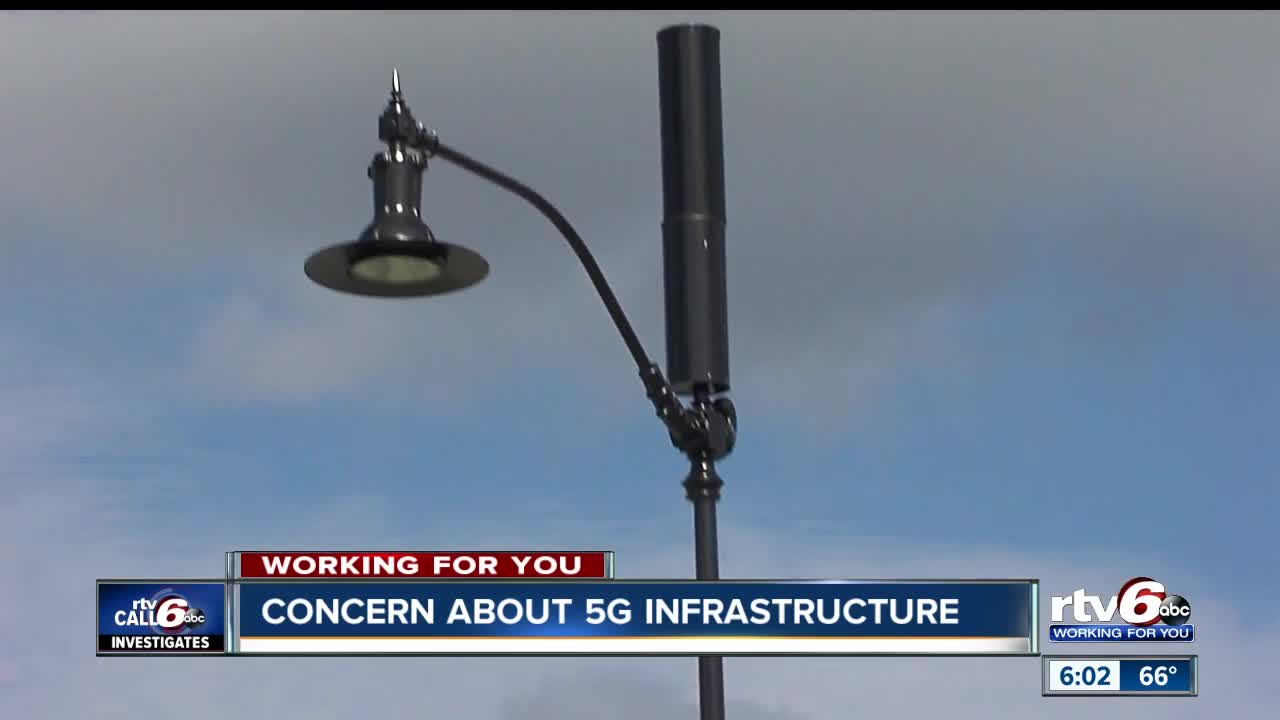If you've ever wandered through a town you might have noticed tiny 5G cell towers on street light poles. They look like little boxes, but they're actually broadcasting wireless signals from cell phone providers to your phone.
These smaller towers are replacing larger built cell towers. Although they're not as visible but they can still cause issues for users.
It is the FCC's Radiation Exposure Thresholds
The FCC's Radiation Exposure Thresholds determine the maximum amount of time an individual can be exposed to electromagnetic energy generated by wireless devices. The limits for exposure are based upon scientific research that prove that electromagnetic energy can be harmful to health.
The absorption rate specific (SAR) is an indication of the amount of radiofrequency energy that is absorbed by tissue. It is typically 1.6 milliwatts per kilogram averaged over one Gram of tissue.
Since 5g is able to transmit at higher frequencies, it has the potential to cause greater energy intensity on the skin and other exposed body areas. This could result in various potential harms, including exacerbated development of skin diseases such as dermatitis, cataracts and skin cancer.

Due to the potential for severe effects of 5g radiation, PSU has chosen to create a general power density limit of 4 mW/cm2 averaged across 1 centimeter, and not exceeding 30 minutes for all 5G services at 3000 GHz. This limit for localization is in line with the maximum spatial-average SAR of 1.6 W/kg, averaged over one g of tissue at 6 GHz.
The FCC's Maximum Exposure Thresholds for Maximum Exposure
If you've ever used a mobile phone, you probably know that a safe distance from the tower should be at least 400 meters away. https://click4r.com/posts/g/8857400/is-definitely-5-g-harmful-to-you is due to the power of transmission from the cell tower is significantly increased the further away your location from the tower.
Although this may sound like something that's good, the reality is that people who live close to towers may actually be more vulnerable to health problems. For instance, a study conducted in 2014 in India discovered that those living within 50 meters of cell towers experienced significantly more health complaints than those living further distance from them.
This study showed that residents who moved to areas further away from cell towers noticed their symptoms return to normal within a couple of days. Studies have also shown that exposure to high amounts of electromagnetic field radiofrequency (EMFs) can cause cancer, brain tumors, and other health problems.
what is a safe distance from a cell tower is due to the fact that radiofrequency radiation, used in wireless communication, can be absorbed by the body's outer layer of skin. It is crucial to know since the skin serves as a shield against mechanical injury, infection by pathogenic microorganisms, and infiltration of toxic substances. The skin is the most important organ in the human body and is accountable for maintaining the integrity of other organs.
The FCC's Minimum Exposure Thresholds
The FCC's Minimum Exposure Thresholds rely on several assumptions that are not supported by evidence from science. They include the false belief that short-term exposures to RF radiation are safe because of the minimal radiation penetration in the human body (i.e. the heating of tissues).
The assumption also ignores the more extensive penetration of ELF parts of modulated RF signals, as well as the consequences of short bursts of heat from pulsed RF waves. These theories are not compatible with current understanding of the biological effects of RF radiation. Therefore they should not be used for health protective exposure standards.
Additionally, the ICNIRP and FCC restrict their maximum limit of exposure to the local SARs, based on the peak spatial specific absorption rate (psSAR) which is an inadequate dosimetric tool for determining the level of radiation exposure. Particularly, psSAR is inaccurate for frequencies above 6 GHz. Furthermore, psSAR has not been evaluated for RF radiation exposed to other environmental agents such like sunlight. Interactions of RF radiation and other environmental agents could cause synergistic or antagonistic effects. safe distance from cell tower can lead to an increased risk of adverse health adverse effects. For instance, exposure to RF radiation along with exposure to sunlight can cause an increase in the incidence of developing skin cancer, and may also exacerbate other skin conditions like acne.
